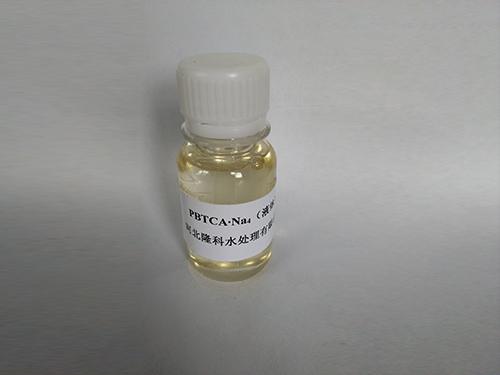Chemical Processes for Water Treatment through Coagulation and Flocculation Techniques
Chemical Coagulation and Flocculation in Water Treatment
Water is an essential resource that supports life, and its quality is crucial for health and environmental sustainability. One of the fundamental processes employed in water treatment to ensure safe drinking water is chemical coagulation and flocculation. These processes effectively remove suspended solids, colloids, and other impurities, making water safe for consumption and other uses.
Coagulation is the first step in water treatment, where chemicals, known as coagulants, are added to the water. Commonly used coagulants include aluminum sulfate (alum), ferric chloride, and polyaluminum chloride. These chemicals are positively charged and interact with the negatively charged particles present in the water, neutralizing their charge. This neutralization causes the particles to destabilize and begin to clump together, forming small aggregates known as microflocs.
The second step, flocculation, follows coagulation. During this phase, the water treatment process involves gentle agitation, which encourages the microflocs to collide and adhere to one another, increasing in size and density. Flocculation aids in the formation of larger aggregates called flocs, which can be easily removed from the water in subsequent treatment stages. The efficiency of flocculation is influenced by various factors, including mixing intensity, duration of mixing, and the type of coagulant used.
chemical coagulation and flocculation water treatment

The entire process of chemical coagulation and flocculation is critical not just for drinking water, but also in treating wastewater before it is released back into the environment. By removing suspended solids and reducing turbidity, these processes help mitigate pollution and protect aquatic ecosystems. Additionally, removing harmful contaminants such as heavy metals, pathogens, and organic materials significantly reduces health risks associated with waterborne diseases.
Once the flocs are formed, they can be separated from the treated water through sedimentation or filtration. In sedimentation, the heavier flocs settle to the bottom of a treatment basin, allowing the clearer water to be siphoned off the top. Filtration, on the other hand, employs physical barriers such as sand or membranes to capture the flocs as the water passes through.
Despite its effectiveness, the chemical coagulation and flocculation process is not without challenges. The selection of appropriate coagulants and dosages is crucial, as excessive use may lead to residual chemicals in treated water, posing potential health risks. Moreover, variations in water quality due to changes in raw water sources can affect the performance of the coagulation and flocculation processes. Advanced monitoring and control systems are essential to optimize these processes and enhance water treatment efficacy.
In conclusion, chemical coagulation and flocculation play a vital role in water treatment, helping to ensure that potable water is free from harmful impurities. Continued research and advancements in technology hold the potential to improve the efficiency and sustainability of these processes, ultimately safeguarding our most precious resource—water. Through conscientious management and innovation, we can provide safe and clean water for all, fostering healthier communities and a more sustainable future.
-
The Ultimate Guide to Flocculants: Transforming Water TreatmentNewsNov.01,2024
-
Improve Your Water Treatment Solutions with PolyacrylamideNewsNov.01,2024
-
Enhance Your Water TreatmentNewsNov.01,2024
-
Empower You to Achieve the Highest Standards of Water QualityNewsNov.01,2024
-
Effective Scale InhibitorsNewsNov.01,2024
-
Discover the Power of Poly Aluminum Chloride in Water TreatmentNewsNov.01,2024





